our environmental efforts
We are passionate about making beers with the flavors of our land, and we are dedicated to our mission to protect and regenerate the land from which our ingredients come from. Furthermore, we strive to reduce the amount of waste and pollution to our environment as much as possible. We want Monstruo de Agua to be synonymous with enjoying the healthy ecosystems of Mexico, be it the mountain, the forest, the beach or the rivers; as opposed to landfills and desertification.
Fate and a limited budget led us to establish our microbrewery and yeast propagation laboratory inside an old house on a half-hectare property that we call El Jardín del Axolote (the axolotl’s garden), within the Chichinautzin Biological Corridor in the south of Mexico City.
There is no direct pipeline of potable water in the area, so all the water that arrives is either trucked in or falls from the sky. There is also no sewage system, so we safely and consciously treat our residual waters. Despite being considered a conservation area, the reality is that the vast majority of the surrounding plots primarily cultivate monocultures of fodder cereals. All grown with intensive practices or grass in the case of private households. In any case, monocultures imply an absolute destruction of the native ecosystem.
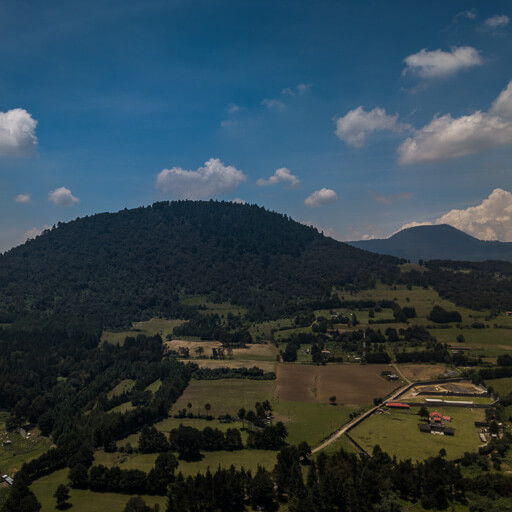
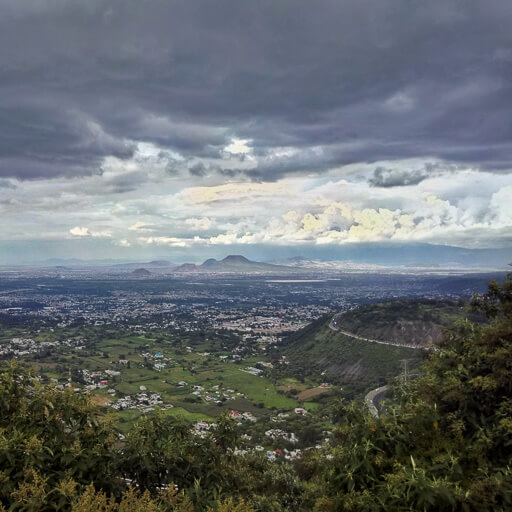
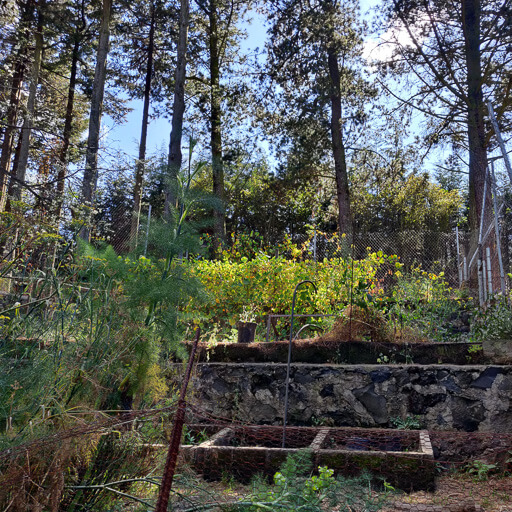
We are passionate about making beers with the flavors of our land, and we are dedicated to our mission to protect and regenerate the land from which our ingredients come from. Furthermore, we strive to reduce the amount of waste and pollution to our environment as much as possible.
We want Monstruo de Agua to be synonymous with enjoying the healthy ecosystems of Mexico, be it the mountain, the forest, the beach or the rivers; as opposed to landfills and desertification.

Fate and a limited budget led us to establish our microbrewery and yeast propagation laboratory inside an old house on a half-hectare property that we call El Jardín del Axolote (the axolotl’s garden), within the Chichinautzin Biological Corridor in the south of Mexico City.

There is no direct pipeline of potable water in the area, so all the water that arrives is either trucked in or falls from the sky. There is also no sewage system, so we safely and consciously treat our residual waters. Despite being considered a conservation area, the reality is that the vast majority of the surrounding plots primarily cultivate monocultures of fodder cereals. All grown with intensive practices or grass in the case of private households. In any case, monocultures imply an absolute destruction of the native ecosystem.


Establishing ourselves in this space inspired and lead us to the development of a regenerative brewery model. The idea being to extend the concept of regenerative farming to that of a regenerative integral microindustrial production process.
Establishing ourselves in this space inspired and lead us to the development of a regenerative brewery model.
The idea being to extend the concept of regenerative farming to that of a regenerative integral microindustrial production process.
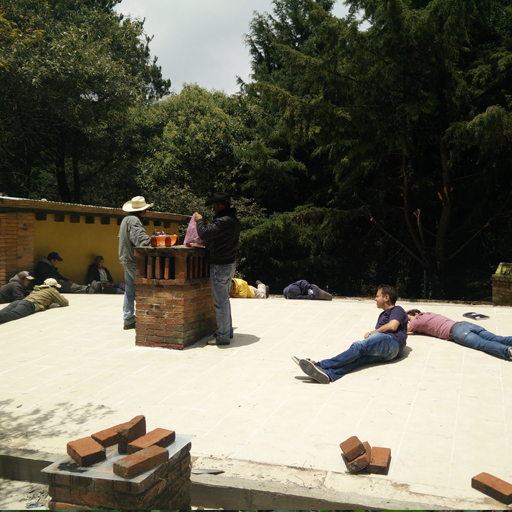
The old house we settled in was built by one of our father’s in the 80s. The property required many modifications and some remodeling in order to enable us to ensure a comfortable and efficient production process. it would have been easier and more cost effective to simply tear down the existing structure and rebuild. We ultimately opted to remodel the space in order to preserve its history. The process took us about 2 years!
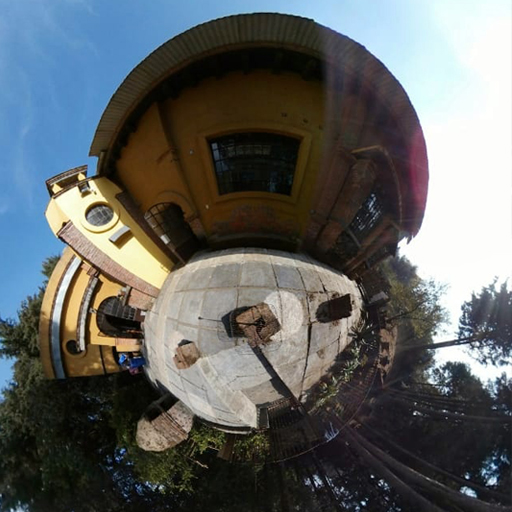
Virtually all of our brewing and fermentation equipment is made up of discarded stainless steel tanks that refurbished and repurposed by a local engineer. This is in stark contrast to other microbreweries who tend to purchase new equipment and discard the old one in order to accommodate their expansion. Our motivation to recycle the old equipment is in line with our overarching mission to minimize the amount of waste created in our process.
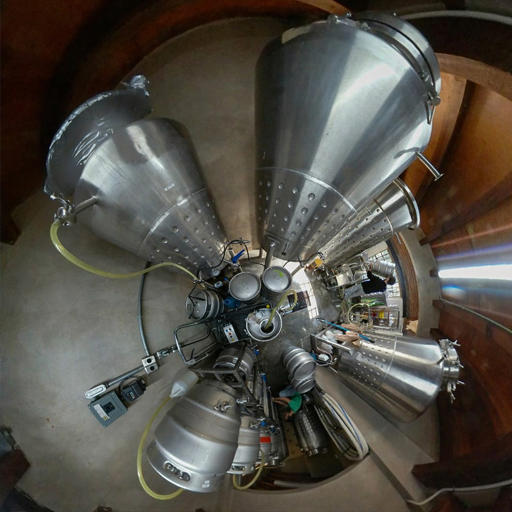
Our largest investment in the remodel was directed to tile and channel the roofs of the house towards the two pre-existing cisterns with a joint capacity of 80 thousand liters, giving rise to our rainwater harvesting system. The tile represents a double saving: on the one hand, acting as a waterproofing of much greater duration than the usual alternatives; on the other, as it is an easy surface to keep clean, it reduces the load on our filtration system, resulting in less filtering material used per year.

The old house we settled in was built by one of our father’s in the 80s. The property required many modifications and some remodeling in order to enable us to ensure a comfortable and efficient production process. it would have been easier and more cost effective to simply tear down the existing structure and rebuild. We ultimately opted to remodel the space in order to preserve its history. The process took us about 2 years!


Virtually all of our brewing and fermentation equipment is made up of discarded stainless steel tanks that refurbished and repurposed by a local engineer. This is in stark contrast to other microbreweries who tend to purchase new equipment and discard the old one in order to accommodate their expansion. Our motivation to recycle the old equipment is in line with our overarching mission to minimize the amount of waste created in our process.

Our largest investment in the remodel was directed to tile and channel the roofs of the house towards the two pre-existing cisterns with a joint capacity of 80 thousand liters, giving rise to our rainwater harvesting system. The tile represents a double saving: on the one hand, acting as a waterproofing of much greater duration than the usual alternatives; on the other, as it is an easy surface to keep clean, it reduces the load on our filtration system, resulting in less filtering material used per year.
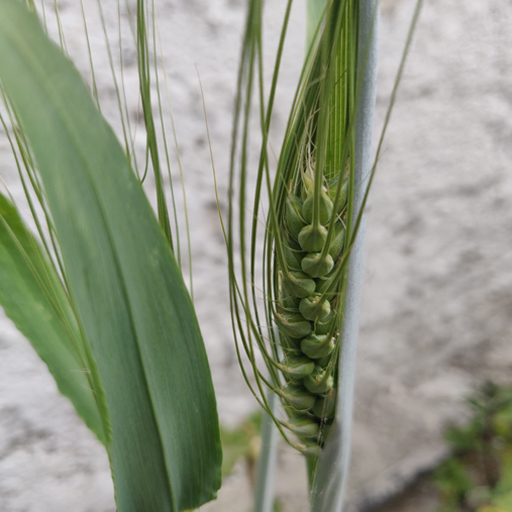
With the goal of ensuring that at least 90% of our spending on ingredients stays in the country, since 2019 we began to work with a maltster from Mexico City. In 2020, we partnered with a barley producer from Hidalgo with whom we are transitioning to creole barley grown without the use of agrochemicals.
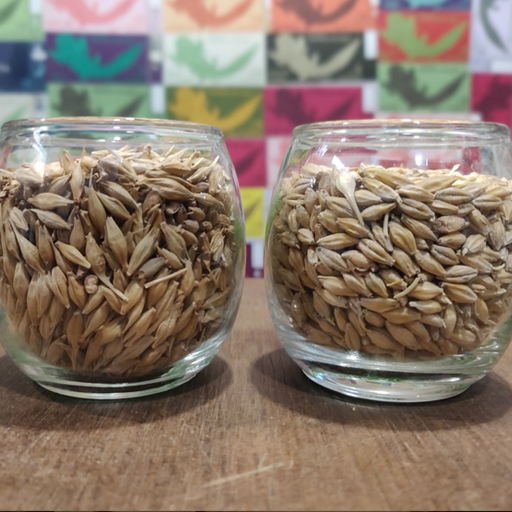
Ingredients of Mexican origin grown without agrochemicals represent more than 50% of our spending. We even produce some of them. This implies the empowerment of our producers through the reinjection of resources to the rural-national economy, in addition to a significant reduction in our carbon footprint by substituting the use of imported ingredients for those grown locally.
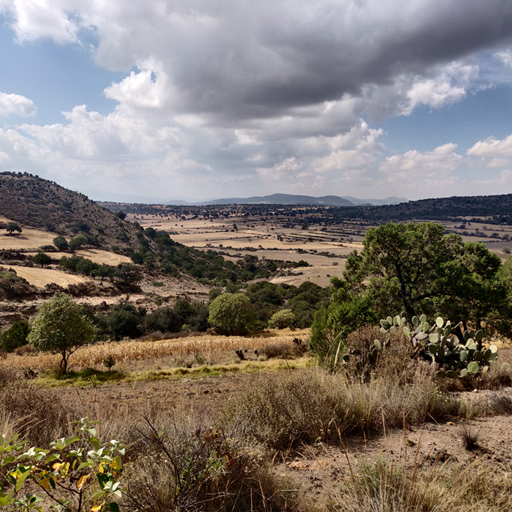
Creole barley is a non-patented variety that has been adapting for centuries to the Mexican terroir and to climate change in general. Providing it with a much lower watering requirement than modified varieties and also the ability to grow healthy without use of pesticides and chemical fertilizers. Furthermore, it produces a high amount of organic matter which returns to the earth in the form of compost.

With the goal of ensuring that at least 90% of our spending on ingredients stays in the country, since 2019 we began to work with a maltster from Mexico City. In 2020, we partnered with a barley producer from Hidalgo with whom we are transitioning to creole barley grown without the use of agrochemicals.


Ingredients of Mexican origin grown without agrochemicals represent more than 50% of our spending. We even produce some of them. This implies the empowerment of our producers through the reinjection of resources to the rural-national economy, in addition to a significant reduction in our carbon footprint by substituting the use of imported ingredients for those grown locally.

Creole barley is a non-patented variety that has been adapting for centuries to the Mexican terroir and to climate change in general. Providing it with a much lower watering requirement than modified varieties and also the ability to grow healthy without use of pesticides and chemical fertilizers. Furthermore, it produces a high amount of organic matter which returns to the earth in the form of compost.
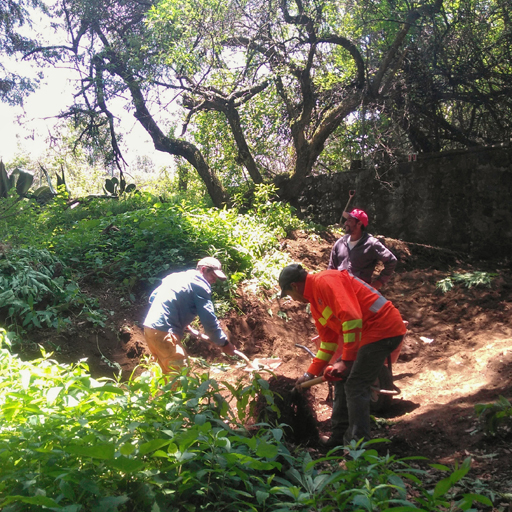
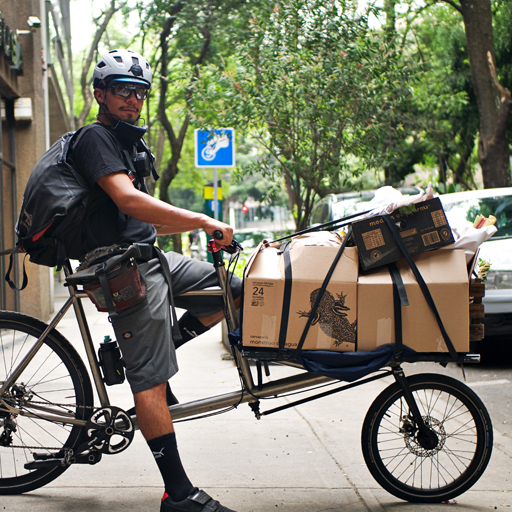
Due to a lack of a public sewage system, we treat our wastewater to ensure that it does not pollute or adversely affect our environment. For this reason, we limit our use of chemicals to those biodegradable in water and soil. Likewise, all solid organic waste from our process is composted on site to become nutrients for our orchard. Thus, we are regenerating the earth of the space in which we develop.
Our distribution center is located in the Condesa neighborhood in Mexico City. Taking advantage of the fact that it is a central area, we use a bicycle service as one of our main delivery methods, for which our clients already recognize us. In this way we reduce delivery times, costs and emissions. The rest of our distribution is carried out by ground transportation in consolidated trips.

Due to a lack of a public sewage system, we treat our wastewater to ensure that it does not pollute or adversely affect our environment. For this reason, we limit our use of chemicals to those biodegradable in water and soil. Likewise, all solid organic waste from our process is composted on site to become nutrients for our orchard. Thus, we are regenerating the earth of the space in which we develop.

Our distribution center is located in the Condesa neighborhood in Mexico City. Taking advantage of the fact that it is a central area, we use a bicycle service as one of our main delivery methods, for which our clients already recognize us. In this way we reduce delivery times, costs and emissions. The rest of our distribution is carried out by ground transportation in consolidated trips.



